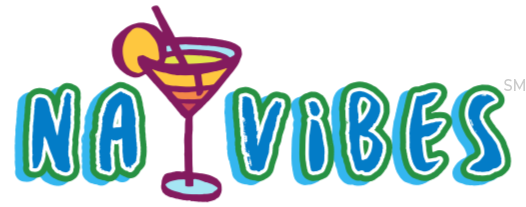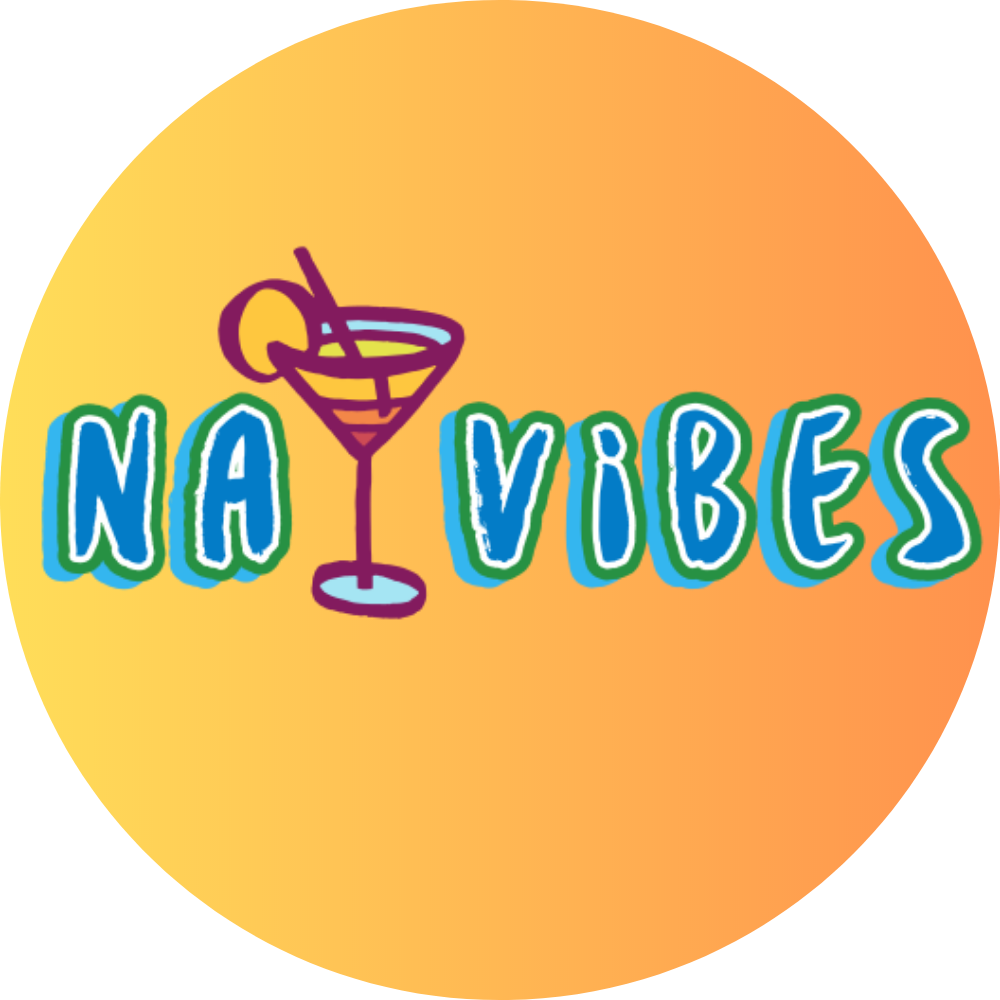The Science Behind Nonalcoholic Wine
- Trish Silverman
- Sep 24, 2022
- 1 min read
Updated: Oct 14, 2022
Drinking habits are changing, and vintners are exceeding tasters’ expectations with new options stripped of their alcohol.
Lauren Oster - Smithsonian Magazine - Sept 21, 2022
The archaeological record now dates the first fermentation of grapes back to the early Neolithic period, more than 8,000 years ago. Viticulture could be even older than those ancient dregs, but it’s safe to say that humans have been making alcoholic wine for a very, very long time.
In 19th-century Germany, in turn, the Jung family of winemakers was looking to expand the market for their Rieslings; their matriarch and saleswoman, Maria, was losing clients who began to abstain for health reasons. Her son, Carl Jung—not to be confused with the Swiss psychoanalyst distilling the subconscious around the same time—hit upon a vacuum-distillation method that lowered alcohol’s boiling point from 80 degrees Celsius to below 35 degrees Celsius (around 95 degrees Fahrenheit), thus avoiding the “cooked” flavor that results from treatments at higher temperatures. As his 1913 U.S. patent reads, “[T]he object of my invention is the production of a non-alcoholic beverage having all the nature, appearance, and flavor, and in case of wine even the fine bouquet of the natural or original beverage and affording the same enjoyment, but without the exciting effects due to alcohol.” Carl Jung Wines now produces dealcoholized wine for drinkers in more than 25 countries.
Read the full article here: https://www.smithsonianmag.com/innovation/the-science-behind-nonalcoholic-wine-180980805/




Comments